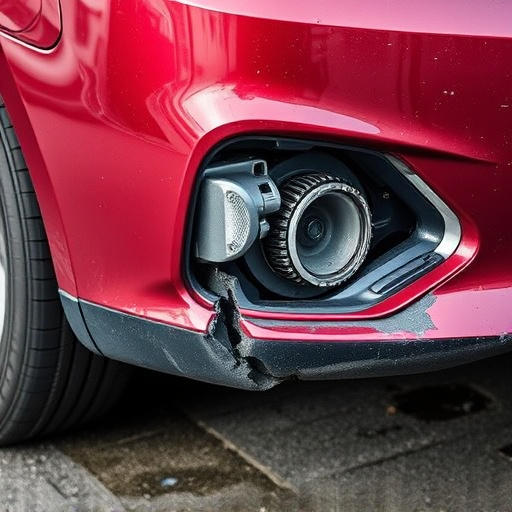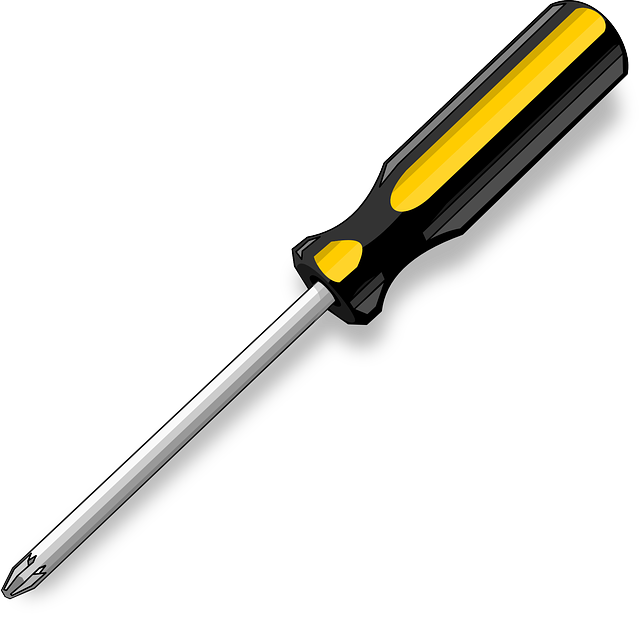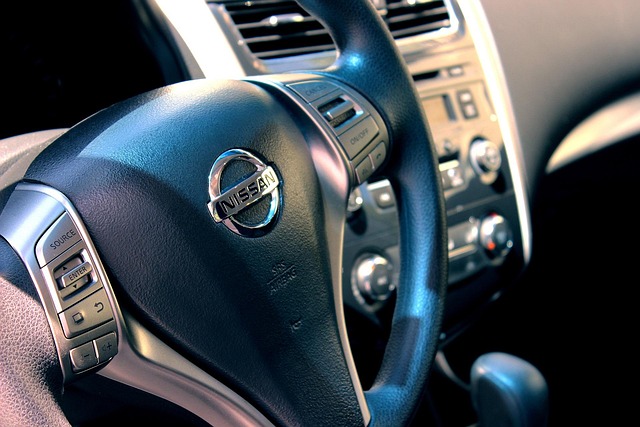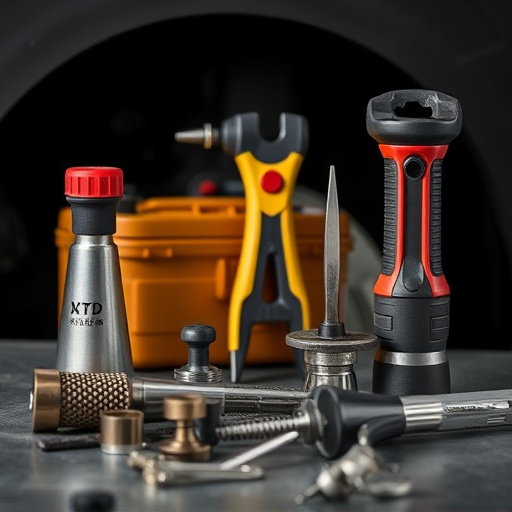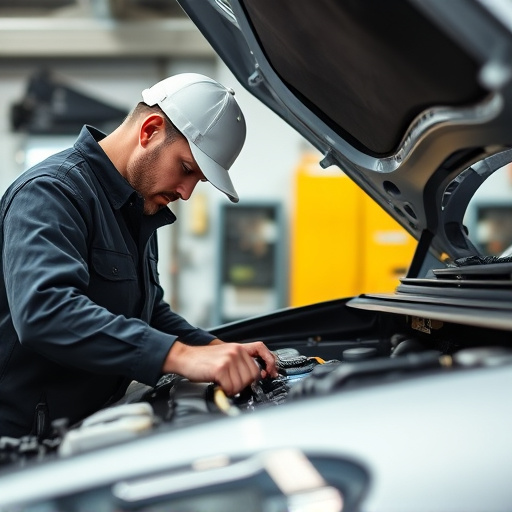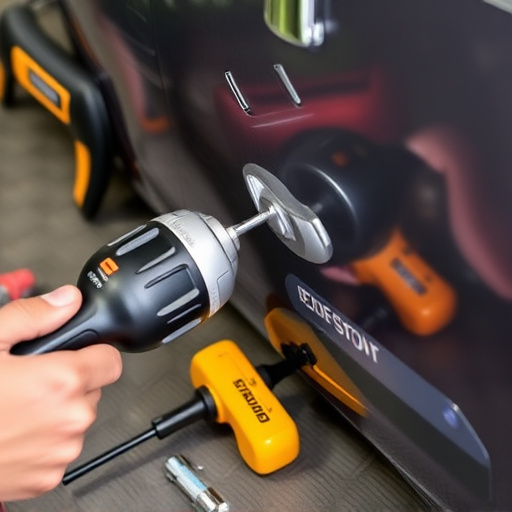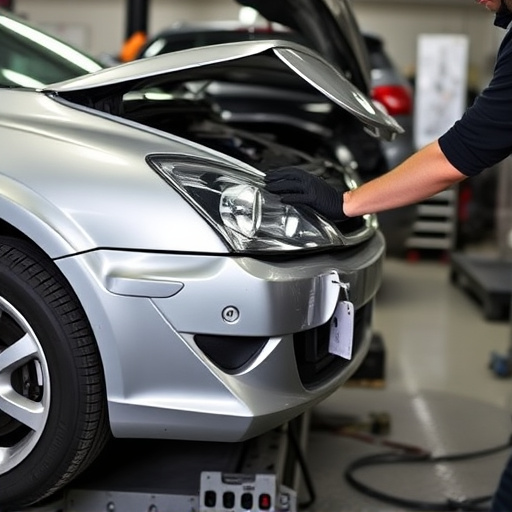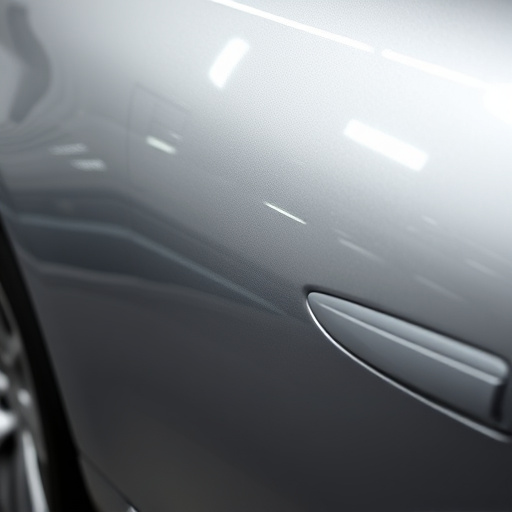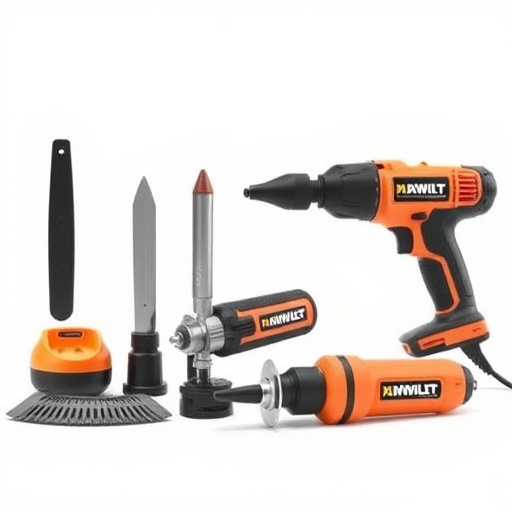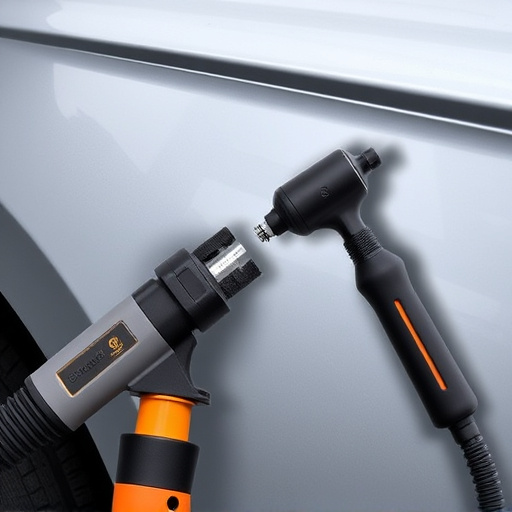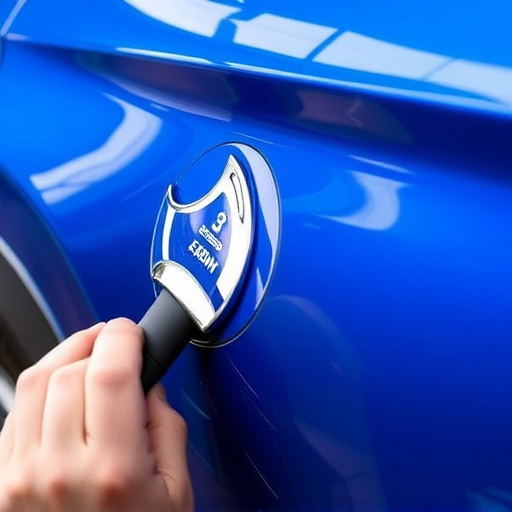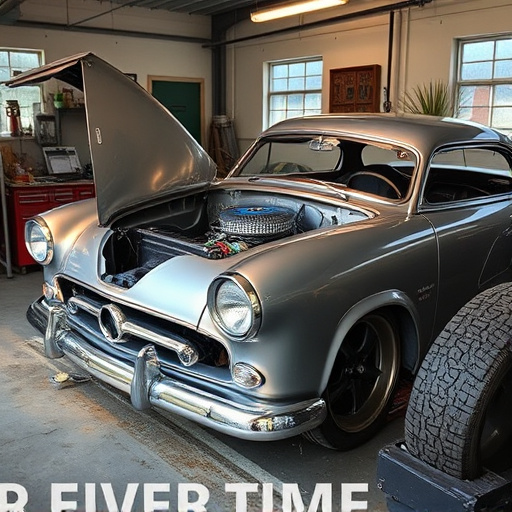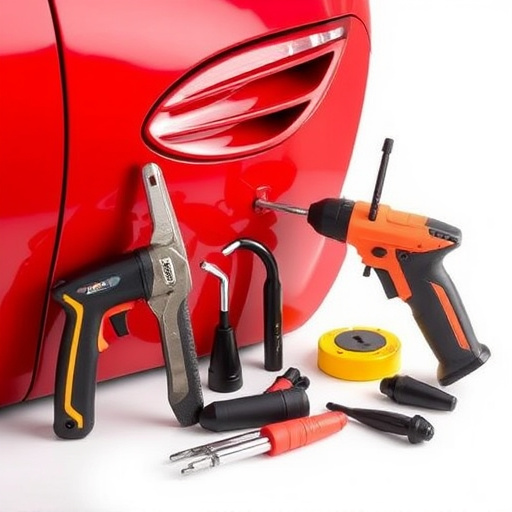Salvage auto body parts from damaged vehicles offer significant cost savings compared to new or aftermarket components. However, quality and safety vary based on condition and history. Reputable collision centers employ skilled technicians who inspect, ensure fitment, and install salvage parts safely, prioritizing vehicle performance and structural integrity. Proper inspection and expertise are crucial for suitability, especially in critical areas like frames.
Are salvaged auto body parts a safe and smart choice for your vehicle repairs? With growing concerns about cost and environmental impact, many drivers are turning to salvage yards for used auto parts. This article delves into the world of salvage auto body parts, exploring their benefits as eco-friendly and affordable options while examining potential concerns about safety and quality. Learn how to navigate this option with confidence and make informed decisions for your car’s repair needs.
- Understanding Salvage Auto Body Parts
- Benefits and Concerns of Using Salvaged Parts
- Ensuring Safety and Quality in Auto Repairs
Understanding Salvage Auto Body Parts
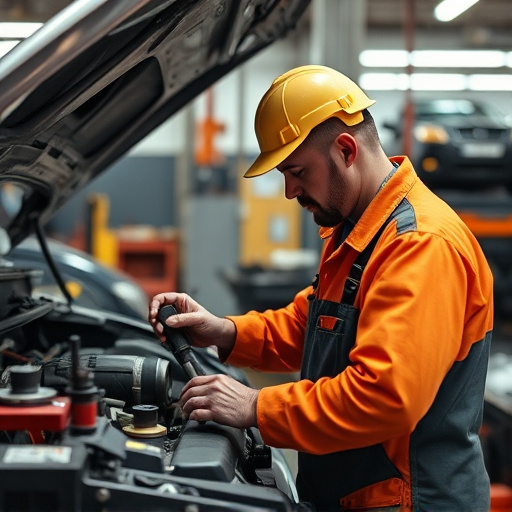
Salvage auto body parts refer to components sourced from vehicles that have been damaged and deemed unfit for road use by insurance companies or manufacturers. These parts can range from exterior panels like fenders, doors, and hoods to interior elements such as seats, dashboards, and even engines. Understanding salvage auto body parts involves recognizing their potential benefits and drawbacks.
While salvage auto body parts are often more affordable than brand new or aftermarket components, they may not always meet the same quality and safety standards as original equipment manufacturer (OEM) parts. The condition of these parts can vary widely depending on their history and how well they’ve been stored or handled. Moreover, using salvaged parts might require adjustments during installation to ensure proper fitment, which could affect the overall appearance and performance of the vehicle’s repair. However, many reputable collision centers and car paint services offer salvage auto body parts as a cost-effective option, allowing drivers to save money without compromising on safety, especially when these parts are carefully selected, inspected, and properly integrated into the repair process by skilled technicians.
Benefits and Concerns of Using Salvaged Parts
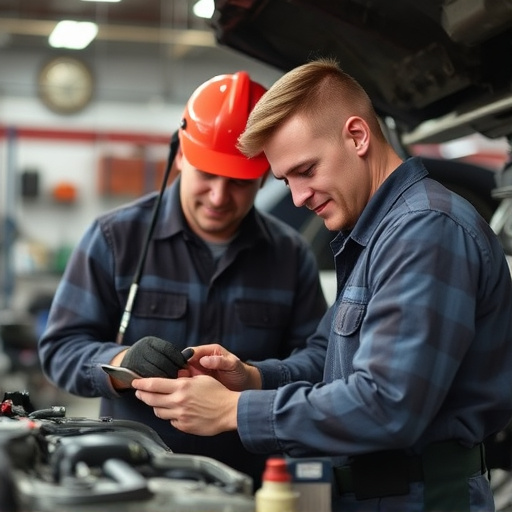
Using salvage auto body parts offers several benefits for those seeking cost-effective automotive repair solutions. These pre-owned components, sourced from damaged or destroyed vehicles, can be a viable alternative to brand new parts, often at a fraction of the cost. This makes them an attractive option for both individuals and auto body services looking to reduce expenses without compromising quality. Furthermore, the availability of salvage parts can contribute to a more sustainable approach in the automotive industry, as they help extend the lifespan of existing materials.
However, concerns about using salvaged parts are valid. Safety is a primary consideration; these parts may have been involved in accidents and could potentially exhibit hidden damage or wear that isn’t immediately apparent. There’s also a risk of compatibility issues, as not all salvage auto body parts will fit every vehicle model and make without additional modifications. Moreover, some automobilists and automotive repair specialists worry about the overall reliability of salvaged parts, which can lead to long-term problems if not properly vetted. Therefore, thorough inspection and quality assurance become crucial when utilizing these parts in any automotive repair services.
Ensuring Safety and Quality in Auto Repairs
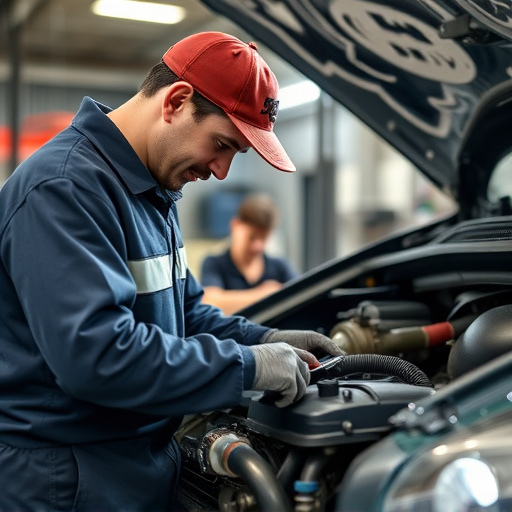
When considering whether to use salvage auto body parts for repairs, safety and quality should be top priorities. Unlike new or remanufactured components, salvaged parts have been involved in accidents and may have sustained damage. While they can offer cost savings, using them without proper inspection and expertise can lead to unsafe vehicles. At a reputable collision center or auto body shop, technicians are trained to assess the condition of salvage parts, ensuring they meet safety standards before installation.
Frame straightening is one critical aspect where caution is necessary. Salvaged vehicles often have misaligned frames due to previous accidents, which could compromise the structural integrity of the vehicle if not corrected. Professional auto body shops employ advanced equipment and techniques for frame straightening to bring the car back to its original specifications. This meticulous process guarantees that all repairs meet or exceed industry quality standards, ensuring a safe driving experience for everyone on the road.
While salvage auto body parts can offer significant cost savings and environmental benefits, it’s crucial to prioritize safety and quality. Thorough inspection, verification of compatibility, and ensuring reputable sources are key to successful repairs using salvaged components. By balancing the advantages with potential concerns, drivers can make informed decisions, contributing to both sustainable practices and reliable vehicle maintenance.
